
Revolutionizing Data Handling: Big Data Management with DBMS Dissected
Mar 06, 2025 5 Min Read 3405 Views
(Last Updated)
In today’s data-driven world, understanding the interplay between big data and database management systems (DBMS) is crucial for effective data management and analysis. Big data encompasses vast amounts of information generated rapidly from diverse sources, characterized by its volume, velocity, and variety.
Meanwhile, DBMS provides the structural foundation for storing, organizing, and retrieving this data efficiently. By delving into each concept individually and exploring their integration, we can better appreciate how these technologies collectively address the complexities of modern data challenges.
Table of contents
- 1) Understanding Big Data and DBMS
- 1) Introduction to Big Data
- 2) Introduction to Database Management Systems (DBMS)
- 2) The Relationship Between Big Data and DBMS
- 1) How Big Data Utilizes DBMS
- 2) Benefits of Integrating Big Data with DBMS
- 3) Working Together: Big Data and DBMS
- 1) Data Storage and Management
- 2) Data Processing and Analysis
- 4) Challenges and Future Trends
- 1) Challenges of Big Data Management with DBMS
- 2) Emerging Trends in Big Data and DBMS Integration
- Concluding Thoughts...
- FAQs
- What is the relationship between big data and databases?
- What is the role of DBMS in big data?
- How to handle big data in a database?
1) Understanding Big Data and DBMS
To grasp how big data and database management systems (DBMS) work together, it’s essential to first understand each concept individually.
1.1) Introduction to Big Data
Big data refers to the vast volumes of data generated every second from various sources like social media, sensors, and transactions. This data is characterized by the three V’s: Volume, Velocity, and Variety.
- Volume: The sheer amount of data generated.
- Velocity: The speed at which new data is created and processed.
- Variety: The different types of data, including structured, semi-structured, and unstructured data.
| Big Data Characteristic | Description |
|---|---|
| Volume | Large amounts of data |
| Velocity | Fast data generation and processing |
| Variety | Different types of data |
The complexity of big data requires specialized tools and techniques for storage, processing, and analysis.
Know More: What Is Big Data? What Is Its Use?
1.2) Introduction to Database Management Systems (DBMS)
A Database Management System (DBMS) is software that allows you to create, manage, and manipulate databases. It ensures that data is organized, stored, and retrieved efficiently.

Key functions of a DBMS include:
- Data Storage: Efficiently storing large amounts of data.
- Data Retrieval: Quickly retrieving specific data queries.
- Data Management: Ensuring data integrity, security, and consistency.
| DBMS Function | Description |
|---|---|
| Data Storage | Efficient data storage |
| Data Retrieval | Quick data queries |
| Data Management | Data integrity and security |
DBMS can be relational (RDBMS) or non-relational (NoSQL), each suitable for different types of data and use cases.
Know More About Mastering Database Management: A Beginner’s Guide 2024
Understanding these foundational concepts sets the stage for exploring the relationship between big data and DBMS. These technologies complement each other to provide robust solutions for complex data challenges.
Before diving into the next section, ensure you’re solid on full-stack development essentials like front-end frameworks, back-end technologies, and database management. If you are looking for a detailed Full Stack Development career program, you can join GUVI’s Full Stack Development Career Program with Placement Assistance. You will be able to master the MERN stack (MongoDB, Express.js, React, Node.js) and build real-life projects.
Additionally, if you want to explore MySQL through a self-paced course, try GUVI’s self-paced MySQL course.
2) The Relationship Between Big Data and DBMS
Understanding how Big Data and Database Management Systems (DBMS) work together is essential for effective data management and analysis. This section explores the synergy between these technologies.
2.1) How Big Data Utilizes DBMS
Big Data leverages DBMS to efficiently store, manage, and retrieve vast amounts of data. DBMS provides the necessary infrastructure to handle structured and unstructured data, ensuring data integrity and consistency.

By utilizing DBMS, you can organize and query large datasets, making it easier to extract valuable insights.
Big Data platforms often integrate with relational databases, non-relational databases, and distributed file systems. Relational databases use SQL for querying structured data, while non-relational databases are designed for flexibility, allowing you to store unstructured or semi-structured data.

Distributed file systems enable the storage of large datasets across multiple nodes, enhancing storage capacity and performance.
2.2) Benefits of Integrating Big Data with DBMS
Integrating Big Data with DBMS offers several advantages, enhancing data management, processing, and analysis capabilities.
- Scalability: DBMS provides scalability to handle growing data volumes. By distributing data across multiple servers, you can scale storage and processing power as needed.
- Data Integrity: DBMS ensures data integrity by enforcing constraints and maintaining consistency. This is crucial for accurate data analysis and decision-making.
- Efficient Querying: DBMS enables efficient querying of large datasets using SQL or other query languages. This allows you to retrieve specific data points quickly and perform complex analyses.
- Security: DBMS offers robust security features, including user authentication, access control, and encryption. This helps protect sensitive data from unauthorized access.
- Data Integration: DBMS allows seamless integration of diverse data sources. You can combine structured, unstructured, and semi-structured data for comprehensive analysis.
| Benefit | Description |
|---|---|
| Scalability | Handle growing data volumes by distributing data across multiple servers |
| Data Integrity | Ensure accuracy and consistency of data |
| Efficient Querying | Retrieve specific data points quickly using SQL or other query languages |
| Security | Protect sensitive data with authentication, access control, and encryption |
| Data Integration | Combine various data sources for comprehensive analysis |
By understanding the relationship between Big Data and DBMS, you can leverage their combined strengths for effective data management and analysis. This integration is key to harnessing the full potential of your data.
Also Read: Consistency in DBMS: ACID Properties For Data Integrity [2024]
3) Working Together: Big Data and DBMS
3.1) Data Storage and Management
When it comes to managing and storing vast amounts of information, the integration of Big Data and Database Management Systems (DBMS) plays a crucial role.

Big Data requires robust storage solutions to handle its volume, variety, and velocity, while DBMS provides the framework for organizing, storing, and retrieving data efficiently.
One of the primary functions of DBMS in Big Data management is to ensure data integrity and security. DBMS uses schemas and constraints to maintain consistency and accuracy in the stored data.
This is especially important when dealing with large datasets where errors can easily occur.
| Feature | Big Data | DBMS |
|---|---|---|
| Volume | High | Moderate |
| Variety | Diverse formats | Structured |
| Velocity | Real-time | Batch processing |
| Security | Scalable | High integrity |
Also Explore: 10 Best Database Management Systems For Software Developers
3.2) Data Processing and Analysis
In addition to storage, the combination of Big Data and DBMS is essential for effective data processing and analysis.

Big Data analytics involves extracting valuable insights from vast datasets, and DBMS provides the tools and mechanisms to perform these operations efficiently.
DBMS offers advanced querying capabilities that allow you to manipulate and analyze data in various ways. This includes filtering, sorting, and aggregating data to derive meaningful patterns and trends.
By integrating Big Data with DBMS, you can streamline these processes and achieve faster, more accurate results.
| Process | Big Data | DBMS |
|---|---|---|
| Querying | Complex | Structured |
| Analysis | Advanced algorithms | SQL-based |
| Real-time processing | Yes | Limited |
| Data Integrity | Variable | High |
By understanding the synergy between Big Data and DBMS, you can leverage the strengths of both technologies to optimize data storage, management, and analysis. This integration is key to unlocking the full potential of your data and making informed decisions based on comprehensive insights.
Find Out Top 8 Data Analytics Skills: A Comprehensive Guide to Thrive in the Industry
4) Challenges and Future Trends
4.1) Challenges of Big Data Management with DBMS
Managing big data with Database Management Systems (DBMS) presents several challenges. Understanding these challenges is crucial for anyone looking to effectively integrate the two technologies.
- Scalability: Traditional DBMS may struggle with the scalability needed for big data. As the volume of data grows, the system must be able to scale horizontally and vertically, which can be a complex task.
- Performance: Handling large datasets can lead to performance bottlenecks. Ensuring that queries execute efficiently and the system remains responsive requires significant optimization.
- Data Variety: Big data often comes in various formats, including structured, semi-structured, and unstructured data. Traditional DBMS are typically optimized for structured data, making it challenging to manage other types of data efficiently.
- Data Integration: Integrating data from multiple sources can be challenging. Ensuring consistent data quality and managing data transformations are critical for accurate analysis.
- Security and Privacy: With the increase in data volume, ensuring data security and privacy becomes more complex. Implementing robust security measures to protect sensitive information is essential.
| Challenge | Description |
|---|---|
| Scalability | Difficulty in scaling DBMS for large datasets |
| Performance | Performance bottlenecks with large data volumes |
| Data Variety | Handling different data formats |
| Data Integration | Integrating data from multiple sources |
| Security and Privacy | Ensuring data security and privacy |
Also Explore: Top 10 Data Integration Project Ideas
4.2) Emerging Trends in Big Data and DBMS Integration
As technology evolves, new trends are emerging in the integration of big data and DBMS. Keeping up with these trends can help you stay ahead in the field.
- Cloud-Based Solutions: Cloud platforms offer scalable and flexible solutions for big data management. Using cloud services for DBMS can help overcome scalability and performance challenges.
- Hybrid Databases: Hybrid databases combine the strengths of traditional relational databases and NoSQL databases. This approach allows for better handling of diverse data types and efficient data processing.
- AI and Machine Learning: Integrating AI and machine learning with big data and DBMS can enhance data analysis. These technologies can automate data processing and generate insights that were previously difficult to obtain.
- Data Lakes: Data lakes are becoming popular as a way to store large volumes of raw data. They complement DBMS by providing a repository for unstructured and semi-structured data, which can then be processed and analyzed.
- Real-Time Data Processing: Real-time data processing is gaining traction. DBMS are being optimized to handle real-time data streams, providing immediate insights and improving decision-making.
| Trend | Description |
|---|---|
| Cloud-Based Solutions | Scalable and flexible cloud platforms |
| Hybrid Databases | Combining relational and NoSQL databases |
| AI and Machine Learning | Enhancing data analysis with AI |
| Data Lakes | Storing large volumes of raw data |
| Real-Time Data Processing | Handling real-time data streams |
Understanding these challenges and staying abreast of emerging trends will help you effectively manage and utilize big data with DBMS.
Must Explore A Comprehensive Guide on DBMS Trends in 2024
Kickstart your Full Stack Development journey by enrolling in GUVI’s certified Full Stack Development Career Program with Placement Assistance where you will master the MERN stack (MongoDB, Express.js, React, Node.js) and build interesting real-life projects. Our team of experts has crafted this program to help you upskill and assist you in placements.
Alternatively, if you want to explore MySQL through a self-paced course, try GUVI’s self-paced MySQL course.
Concluding Thoughts…
The integration of big data and DBMS is pivotal in managing and analyzing the enormous and varied datasets that define our digital age.
While big data brings challenges such as scalability, performance, and data variety, DBMS offers solutions through efficient storage, retrieval, and management.
Emerging trends like cloud-based solutions, hybrid databases, and real-time data processing are enhancing this synergy further.
By leveraging the strengths of both technologies, organizations can unlock valuable insights, ensuring robust and informed decision-making in an increasingly data-centric world.
FAQs
Big data refers to extremely large datasets that require advanced methods for storage, processing, and analysis. A database is a structured collection of data. Databases can be used to store and manage big data, often utilizing specialized database management systems designed for handling vast amounts of information efficiently.
A Database Management System (DBMS) plays a crucial role in big data by providing tools and technologies to store, retrieve, and manage large datasets. It ensures data integrity, security, and efficient query processing, enabling effective handling and analysis of big da
Handling big data in a database involves using distributed database systems, implementing efficient indexing, partitioning data, using parallel processing, and leveraging NoSQL databases for scalability and flexibility in managing unstructured data.





















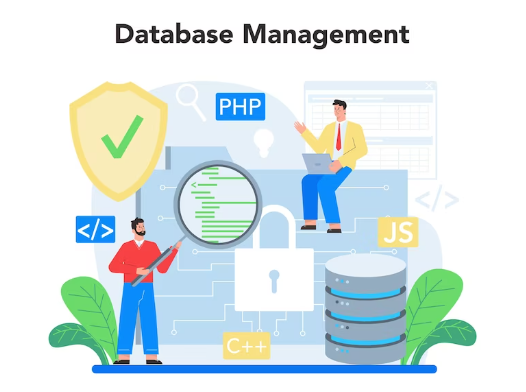
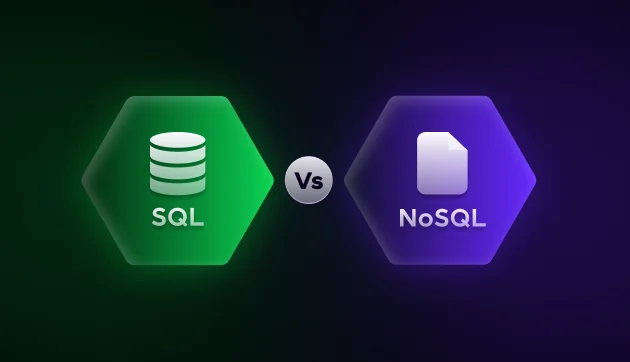

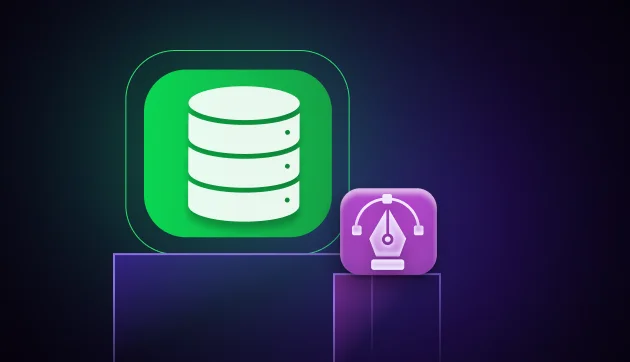
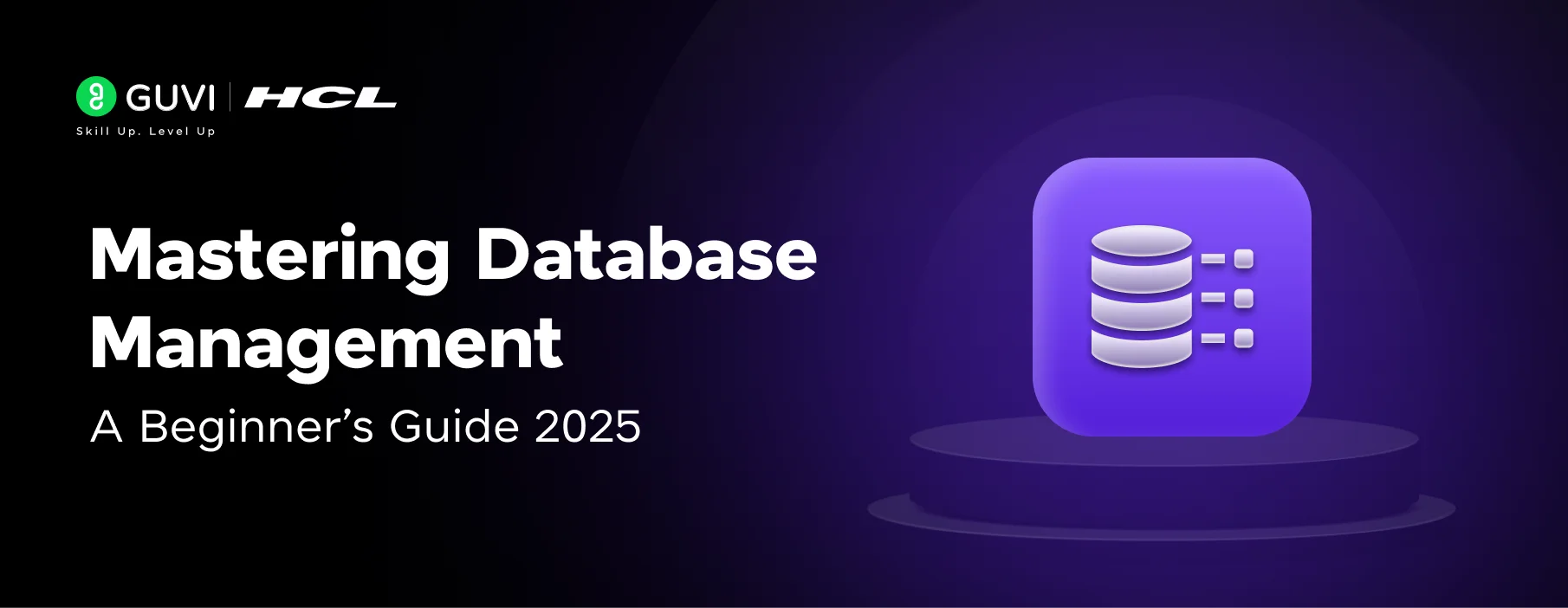
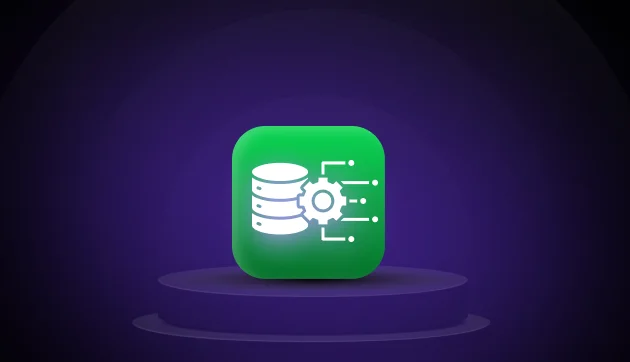
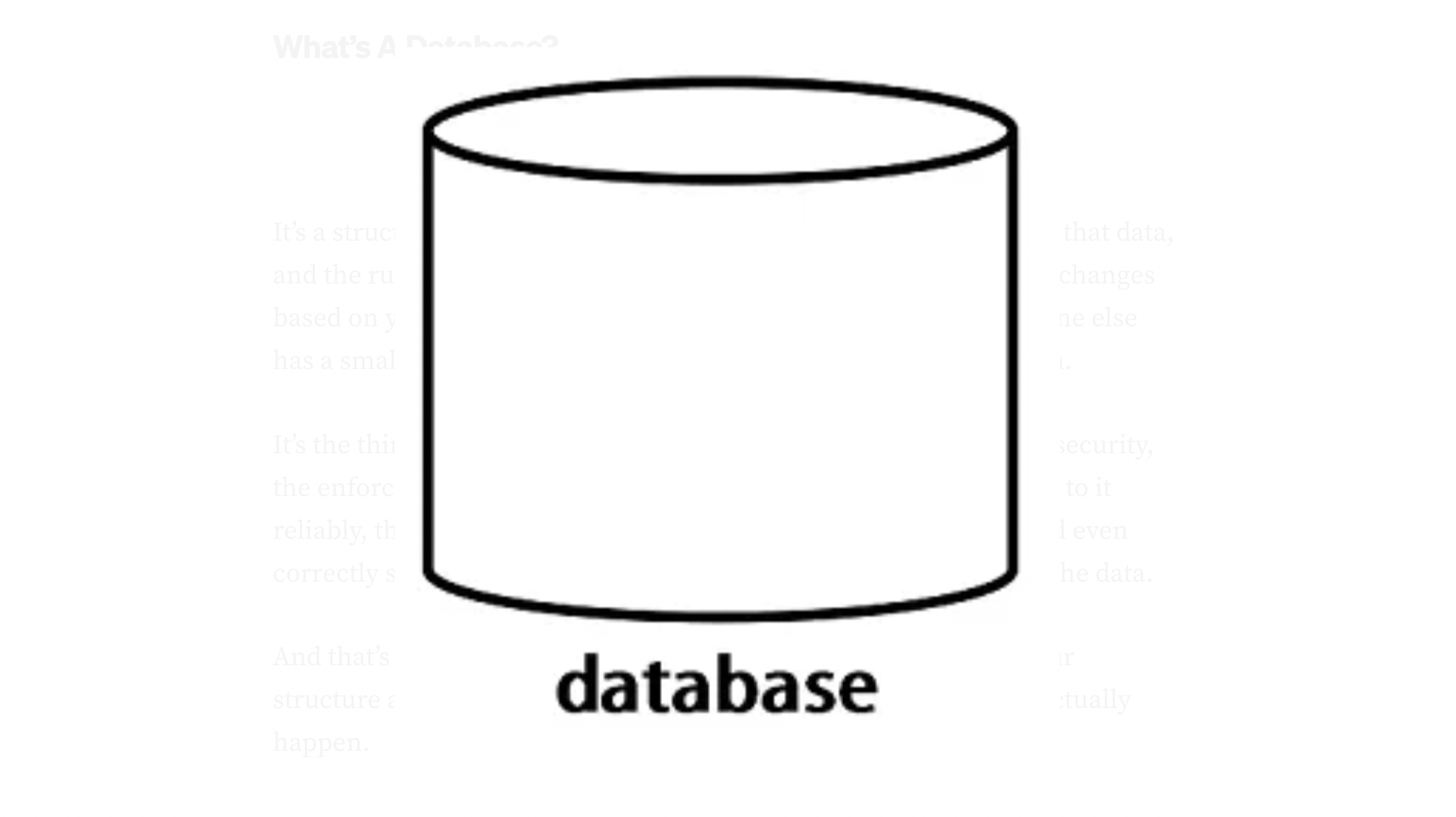



Did you enjoy this article?